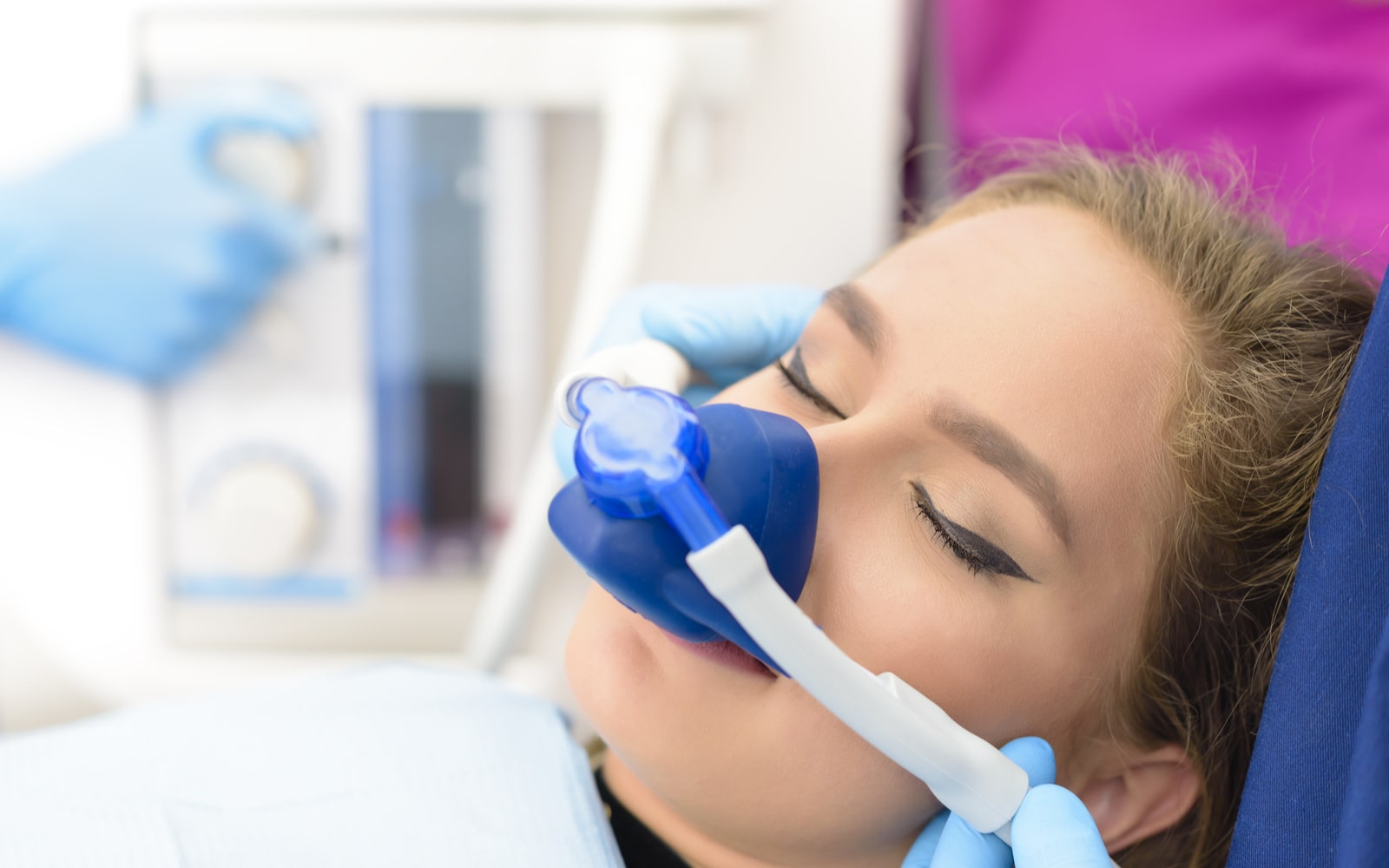Children will often need sedation or anesthesia when experiencing significant dental pain from infection or dental trauma. Your dentist aims to provide the most comfortable experience for your child when treating concerns such as these. Receiving sedation or anesthesia will help control their discomfort during the procedure and help keep them calm. While many use the terms anesthesia and sedation interchangeably, they’re two different things. Below we’ll explain the safety measures and guidelines related to these treatments.
Can Children Safely Receive Sedation And Anesthesia?
These treatments are effective when administered under the American Academy of Pediatrics guidelines. The specific guidelines vary from method to method. Deep sedation, where the child is rendered medically unconscious, requires the presence of two individuals trained in anesthesia treatments during the procedure. One of the individuals will not be involved with the procedure and will merely observe the entire process.
This is intended to ensure that the necessary precautions are taken, and they can take the necessary life support actions if a problem occurs. These concerns typically only present themselves when this deep sedation is being administered. Even in these cases, these events are extremely rare, with most patients experiencing no complications. Other forms of sedation and anesthesia are significantly milder than deep sedation and are generally sufficient for most procedures.
- Nitrous Oxide – This is medicine’s least invasive form of sedation. It’s incredibly mild and is administered in the form of a gas. The amount of gas received can be instantly adjusted or removed at a moment’s notice. The impact of the gas is to make the patient relaxed and often somewhat giddy. It’s perfect for those who are nervous about the procedures.
- Mild Sedation – This sedation often includes a combination of different medication types. Most providers will avoid using this on small children, restricting it to teenagers and adults. The patient is cognizant throughout the process and can cooperate with and respond to the dentist’s questions.
- Moderate Sedation – Higher doses of anesthesia are used in this instance. Those under moderate sedation are still responsive but significantly sleepier. It is typically reserved for those struggling with significant dental anxiety or unable to sit still for the treatment.
- Deep Sedation – This procedure involves the administration of medications intravenously. Your child will remain asleep throughout the procedure.
Ask Your Provider About Dental Sedation Options
If you or your child is requiring a procedure that will use anesthesia or sedation, speak to your provider. They’ll let you know what methods are available at their clinic, which your insurance covers, and which are appropriate for your case. Dental anesthesia has provided patients with excellent dental experiences by mitigating pain and overcoming anxiety. There is a general commitment in the dental industry to providing pain-free care to patients regardless of age. Find out how your dentist keeps this commitment by scheduling a consultation today!


